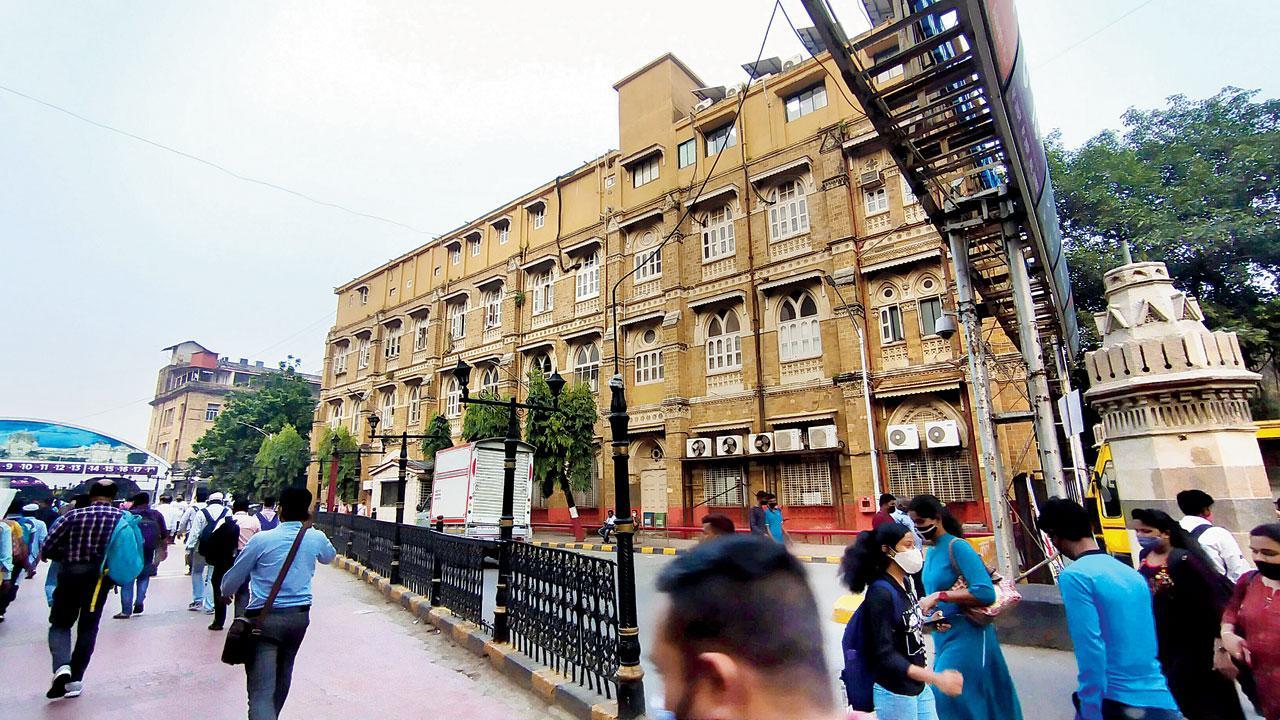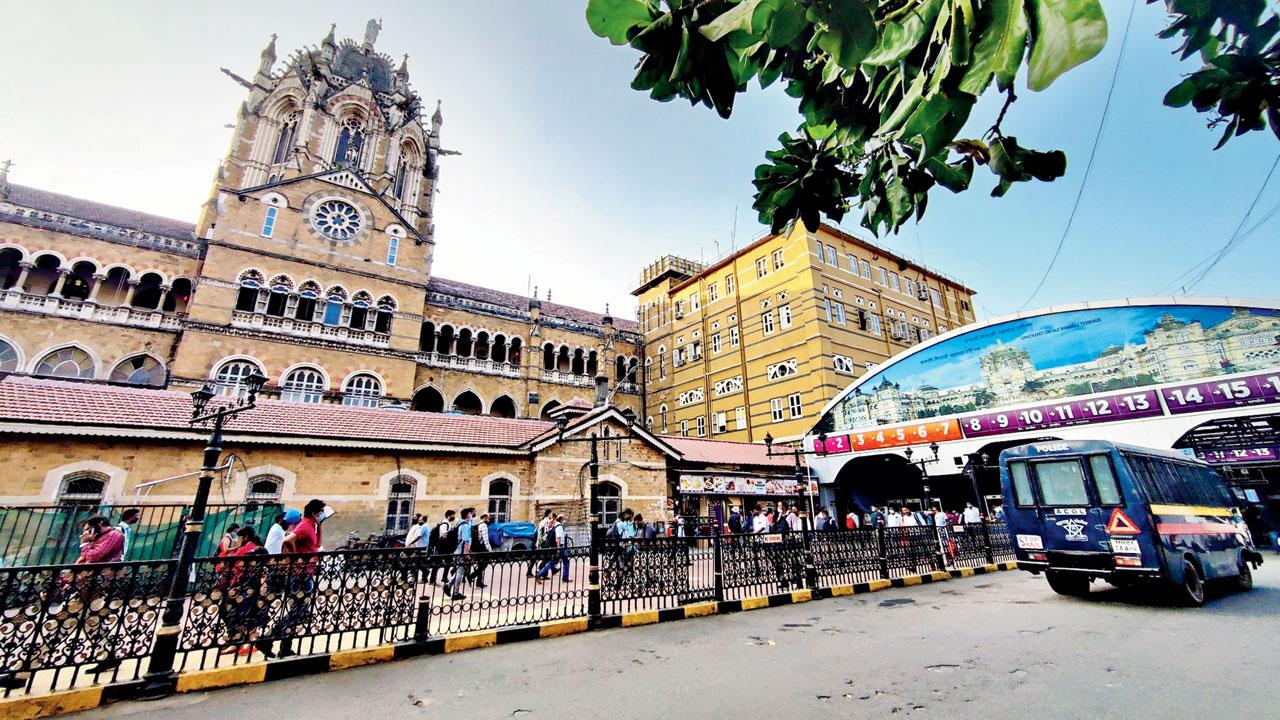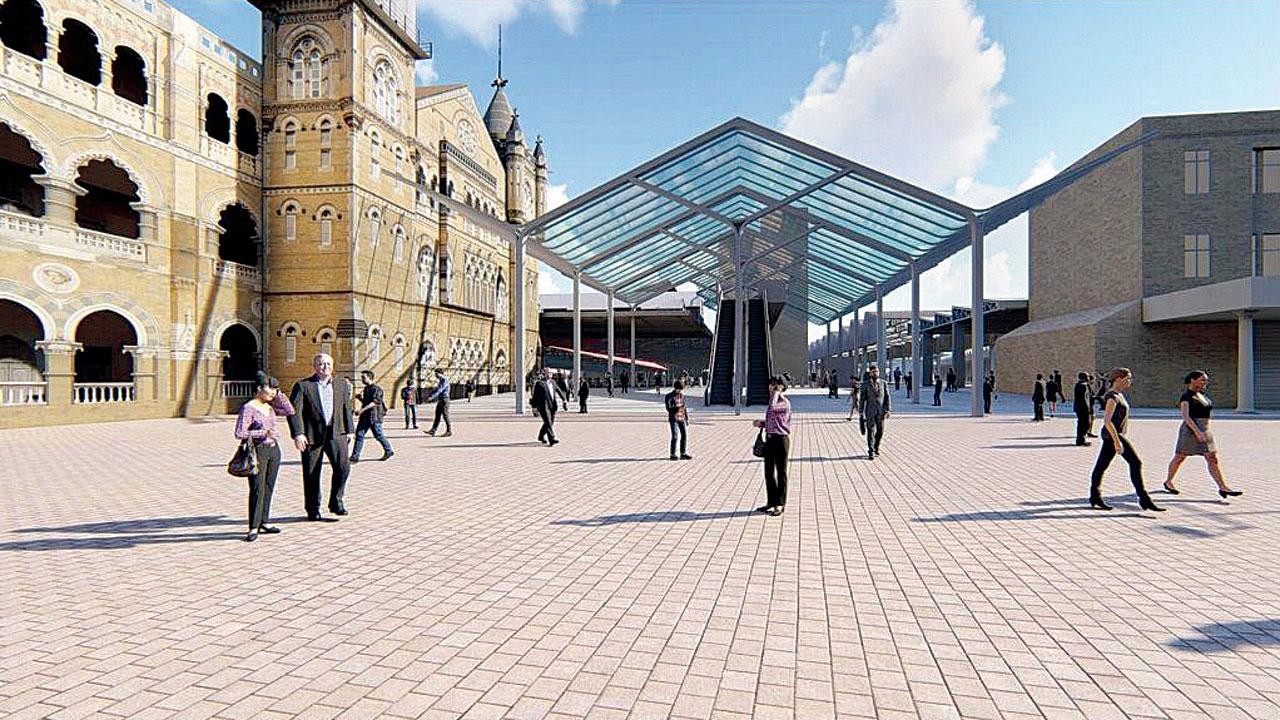Station’s redevelopment plan has been divided into four categories – heritage, suburban, long-distance and connection axis

The divisional railway manager building, which was once used as Victoria War Hospital, will have to make way for the passenger circulating area
Almost after 120 years, the Chhatrapati Shivaji Maharaj Terminus (CSMT) will be redeveloped. Given the UNESCO world heritage site status of the building, the plan has been divided into four categories—heritage, suburban, long-distance and connection axis. However, the existing divisional railway manager building, which was once used as Victoria War Hospital, will have to make way for the passenger circulating area.
ADVERTISEMENT
A senior railway official said, “Integration-wise, it will be a boon for passengers, as it will have direct connectivity with all other modes of transit, including a direct skywalk at the Crawford Market end, integration with the upcoming Metro lines and shifting of the harbour line towards P D’Mello Road. The plan also includes segregation of arriving and departing passengers and making it a divyang-friendly station with better services.”

“The CSMT will function like a city centre rail mall, where in addition to passengers’ transportation needs, their daily needs will also be fulfilled with regard to retail, food and beverages, entertainment and souvenir shopping. The aim is to cater to maximum passenger needs while they pass through the railway station. The change in the finance model from public private partnership (PPP) to Hybrid PPP means that things will move faster,” he said. However, the only big loss would be the demolition of the existing divisional railway manager building to accommodate the passenger circulating area and shifting the entire set of offices on the premises towards the P D’Mello Road.
“In those days, the divisional railway manager building had the new railway offices and when World War I broke out, it was converted into a war hospital. Nurses from the Australian Army Nursing Service used to handle the patients. The building was converted into a hospital as it was closer to the docks and patients could be brought in quickly from arriving ships,” said reports in the archives.

Railway officials are of the opinion that the redevelopment plan has multiple layers of inspection and sanctions and there won’t be any loss of heritage
Subsequently, after the war was over, the building was handed over to the railways. Currently, Mumbai’s railway head, divisional railway manager and his team, have their offices in the building. Officials said the redevelopment plan has multiple layers of inspection and sanctions and there won’t be any loss of heritage. “The idea is to restore the heritage site as per what it was in 1930. The government has constituted a high-level committee under the chairmanship of the chief secretary. The Mumbai Heritage Conservation Committee has also been formed and the proposal of CSMT redevelopment is being examined closely,” an official said.
 Subscribe today by clicking the link and stay updated with the latest news!" Click here!
Subscribe today by clicking the link and stay updated with the latest news!" Click here!







